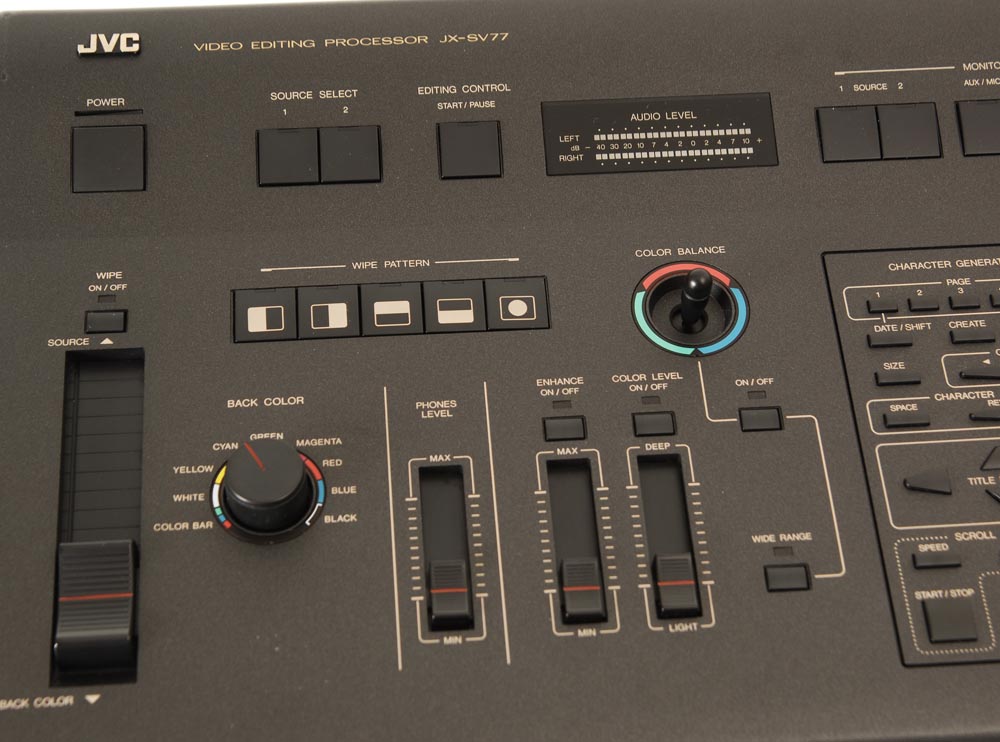



We propose future directions in bio-instructive materials development, including such concepts as metamaterials, hybrid living materials, and 4D printing. Therefore, they must be carefully chosen based on the targeted application. We indicate that the cues have different impacts depending on the material system, cell type used, or coexistence of multiple cues. Multiple physical and biochemical cues introduced to the EBP scaffolds are evaluated in their ability to direct cell alignment, proliferation, differentiation, specific ECM production, and tissue maturation. These material systems provide spatio-temporal guidance for cells, allowing controlled tissue regeneration and maturation. In this review paper, we explore extrusion-based 3D printing methods (EBP, i.e., Near Field Electrospinning (NFES), Melt Electrowriting (MEW), Fused Deposition Modeling (FDM), and extrusion bioprinting) in terms of their ability to produce scaffolds with bio-instructive properties. 3D printing is a powerful technique to create highly complex and multicomponent structures with well-defined architecture and composition. Fabrication of functional scaffolds for tissue engineering and regenerative medicine applications requires material systems with precise control over cellular performance.


 0 kommentar(er)
0 kommentar(er)
